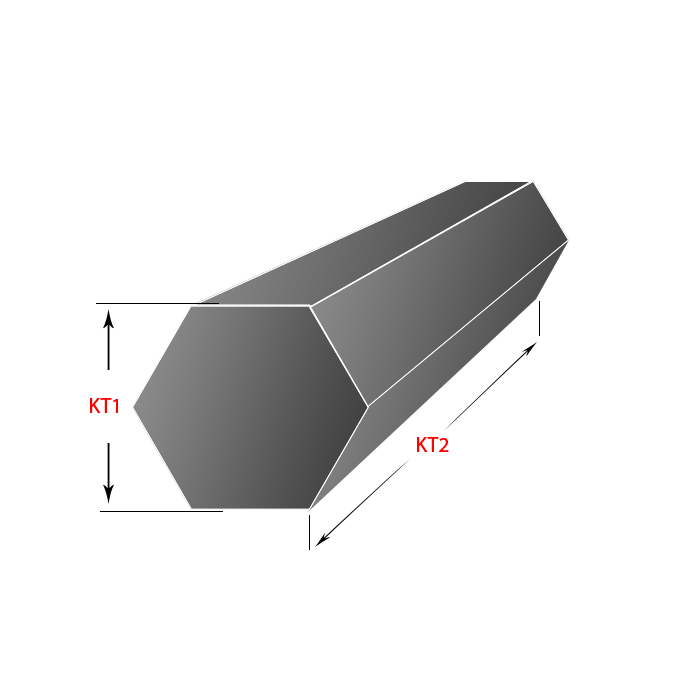THÔNG TIN CƠ BẢN
SUS 316 COLD Stainless Steel is a type of SUS 316 stainless steel that has been processed through cold rolling. Compared to hot-rolled steel, cold-rolled steel has higher strength, better hardness, and greater precision.
Key Characteristics of SUS 316 COLD Stainless Steel:
- Chemical Composition:
- Chromium (Cr): 16-18%, providing corrosion resistance.
- Nickel (Ni): 10-14%, enhancing ductility and heat resistance.
- Molybdenum (Mo): 2-3%, improving corrosion resistance, especially in chloride environments.
- Carbon (C): Up to 0.08%, maintaining corrosion resistance.
- Manganese (Mn): 2%, supporting the steel structure.
- Silicon (Si): 1%, improving corrosion resistance and machinability.
- Physical Properties:
- Corrosion Resistance: Excellent in chloride environments, such as seawater and corrosive chemicals.
- Strength: Cold rolling increases the strength and hardness compared to hot-rolled steel.
- Ductility: Easily machinable, bendable, and cut without cracking or breaking.
- Applications:
- Chemical Industry: Used in equipment and components exposed to corrosive chemicals.
- Marine Industry: Suitable for applications in marine environments and highly corrosive conditions.
- Food Processing and Medical Industry: Used in food processing equipment and medical devices due to its corrosion resistance and ease of cleaning.
- Construction: Utilized in building components requiring high strength and good corrosion resistance.
- Form and Size:
- SUS 316 COLD is typically available in sheets, bars, tubes, and wires, with sizes and shapes customized according to application needs.
Manufacturing and Processing:
- Production Process: SUS 316 COLD is produced through cold rolling, which enhances the steel’s strength, hardness, and precision.
- Machining: Can be machined using various mechanical methods such as cutting, drilling, and bending, while maintaining a good surface finish.
(Source: Internet)
Key Characteristics of SUS 316 COLD Stainless Steel:
- Chemical Composition:
- Chromium (Cr): 16-18%, providing corrosion resistance.
- Nickel (Ni): 10-14%, enhancing ductility and heat resistance.
- Molybdenum (Mo): 2-3%, improving corrosion resistance, especially in chloride environments.
- Carbon (C): Up to 0.08%, maintaining corrosion resistance.
- Manganese (Mn): 2%, supporting the steel structure.
- Silicon (Si): 1%, improving corrosion resistance and machinability.
- Physical Properties:
- Corrosion Resistance: Excellent in chloride environments, such as seawater and corrosive chemicals.
- Strength: Cold rolling increases the strength and hardness compared to hot-rolled steel.
- Ductility: Easily machinable, bendable, and cut without cracking or breaking.
- Applications:
- Chemical Industry: Used in equipment and components exposed to corrosive chemicals.
- Marine Industry: Suitable for applications in marine environments and highly corrosive conditions.
- Food Processing and Medical Industry: Used in food processing equipment and medical devices due to its corrosion resistance and ease of cleaning.
- Construction: Utilized in building components requiring high strength and good corrosion resistance.
- Form and Size:
- SUS 316 COLD is typically available in sheets, bars, tubes, and wires, with sizes and shapes customized according to application needs.
Manufacturing and Processing:
- Production Process: SUS 316 COLD is produced through cold rolling, which enhances the steel’s strength, hardness, and precision.
- Machining: Can be machined using various mechanical methods such as cutting, drilling, and bending, while maintaining a good surface finish.
(Source: Internet)



